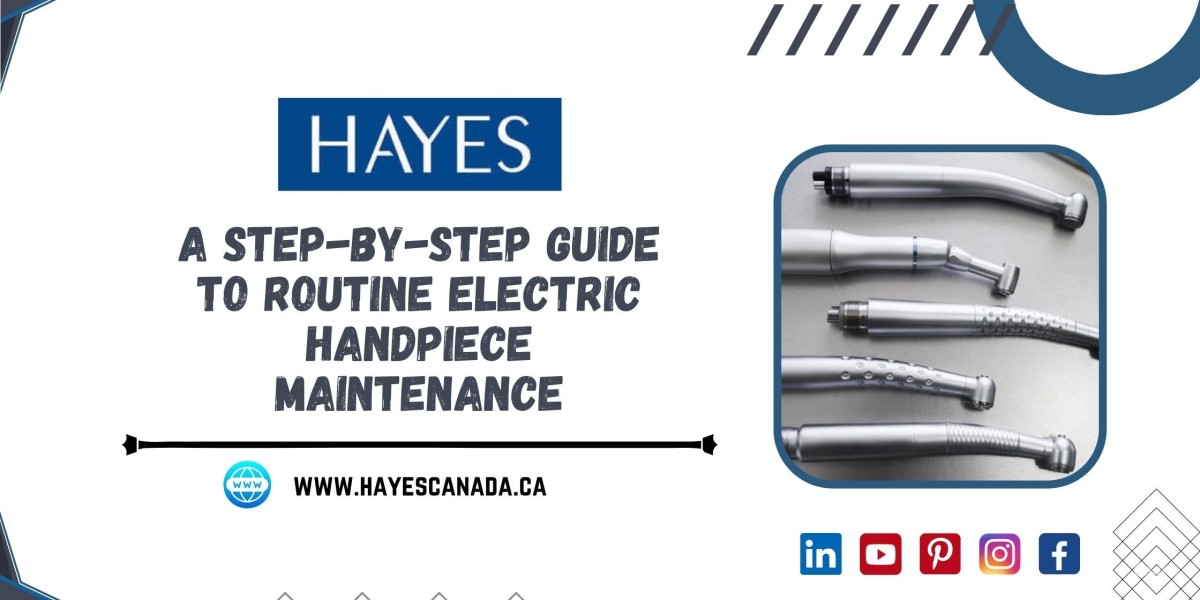Routine maintenance of electric handpieces is crucial for ensuring their longevity and consistent performance in dental practices. Neglecting proper maintenance can lead to costly repairs and downtime. In this guide, we'll walk you through the essential steps for maintaining your electric handpieces.
Step 1: Safety First
Before beginning any maintenance, ensure that the handpiece is disconnected from the power source to prevent accidental activation. Safety goggles and gloves are also recommended to protect against debris and chemicals.
Step 2: Cleaning
Start by cleaning the exterior of the handpiece with a soft, damp cloth and mild detergent. For stubborn stains or debris, use a soft-bristle brush. Avoid abrasive cleaners that can damage the surface.
Step 3: Lubrication
Apply the manufacturer-recommended handpiece lubricant to the appropriate ports. Run the handpiece briefly to distribute the lubricant evenly. Excess lubricant should be wiped off to prevent contamination.
Step 4: Sterilization
Proper sterilization is critical. Disassemble the handpiece according to the manufacturer's instructions and place the parts in an autoclave pouch. Sterilize at the recommended temperature and duration.
Step 5: Bur Maintenance
Inspect and clean burs for debris and residue. Replace any damaged or worn burs to maintain cutting efficiency.
Step 6: O-ring Inspection
Carefully examine O-rings for wear or damage. If necessary, replace them to prevent leaks and maintain asepsis.
Step 7: Reassembly
Reassemble the handpiece following the manufacturer's guidelines. Pay close attention to the correct order and orientation of components.
Step 8: Functional Testing
Before returning the handpiece to service, conduct a functional test to ensure it operates smoothly and quietly.
Conclusion
Regularly performing these routine maintenance steps will extend the lifespan of your electric handpieces, reduce the risk of breakdowns, and contribute to the overall efficiency and safety of your dental practice. Always refer to the manufacturer's instructions for specific guidance on maintenance and sterilization procedures to maintain compliance with industry standards.








